LM741 Pin Configuration
| Pin Number | Pin Name | Description |
| 1, 5 | OFFSET NULL | The pin is used to remove the offset voltage and balance input voltage. |
| 2 | INPUT- | Inverting signal Input |
| 3 | INPUT+ | Non-Inverting signal Input |
| 4 | V- | Ground or Negative Supply Voltage |
| 6 | OUTPUT | Output of op-amp |
| 7 | V+ | Positive Supply Voltage |
| 8 | NC | Not connected |
LM741 Op-Amp IC Features and Specifications
- LM741 has only one op-amp inside
- Provided short circuit and overload protection.
- Low power consumption.
- Large common mode rejection ratio (CMRR) and differential voltage ranges.
- No external frequency compensation is required.
- Prevent latch-up when the common-mode range is exceeded.
- The minimum, normal, and maximum Power Consumption for this IC is ±10v, ±15v and ±18v respectively.
- The operating temperature should be 0 to 70˚C.
- Supply current 1.7 to 2.8mA.
- Available packages: PDIP
Brief Description
An LM741 operational amplifier is a DC-coupled high-gain electronic voltage amplifier. It has only one op-amp inside. An operational amplifier IC is used as a comparator which compares the two signals, the inverting and non-inverting signal. The main function of this IC is to do mathematical operations in various circuits. Op-amps have large gain and are usually used as a Voltage Amplifier. The LM741 can operate with a single or dual power supply voltage.
OUTPUT Voltage = Gain * Input Voltage
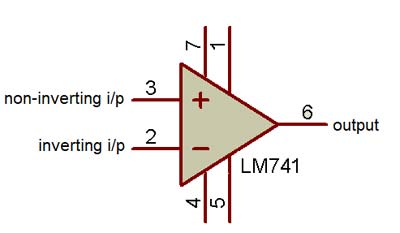
An op-amp can be used in two ways:
1. Inverting Op-amp
When the input source is connected to inverting terminal PIN 2 and feedback with the output PIN 6 then the op-amp is in inverting condition. Like if PIN 2 is having +ve polarity then we will get –ve polarity of output from PIN 6.
GAIN = Rf/R1
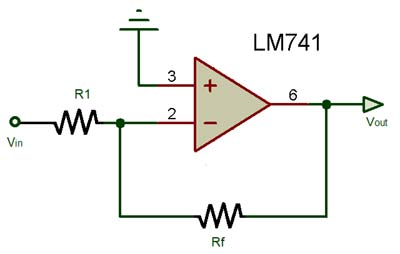
2. Non-inverting Op-amp
When the input source is connected to non-inverting terminal PIN 3 and PIN 2 is feedback with the output PIN 6 then the op-amp is in non-inverting condition. For if PIN 3 has +ve polarity then we will get +ve polarity of output from PIN 6.
GAIN = 1+ (Rf/R1)

Working Concept
When the voltage at the non-inverting input (+) is higher than the voltage at the inverting input (-), then the output of the comparator is HIGH. And if the voltage of inverting input (-) is Higher than the non-inverting end (+), then the output is LOW. The output of the operational amplifier is the product of the gain and the input voltage.
LM741 Applications
- Comparators
- DC Amplifiers
- Integrator or Differentiators
- Summing Amplifiers
- Multi-vibrators
- Active Filters
- General feedback applications


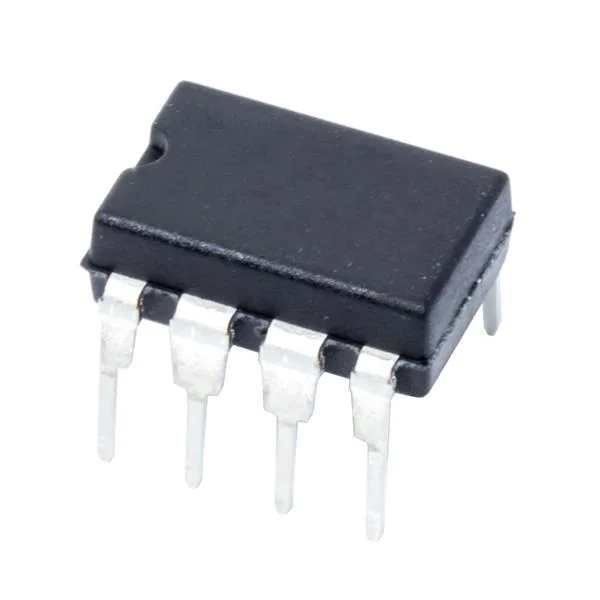
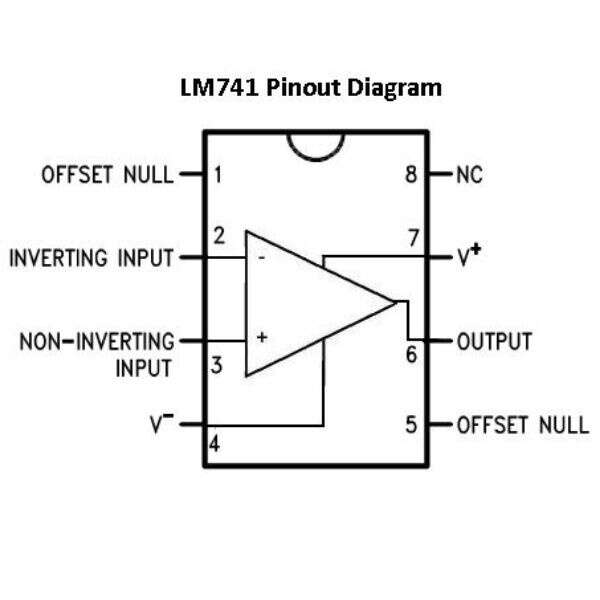

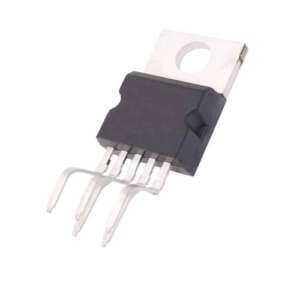
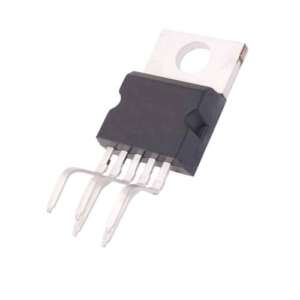
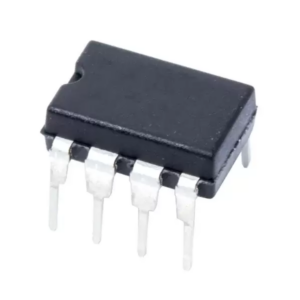
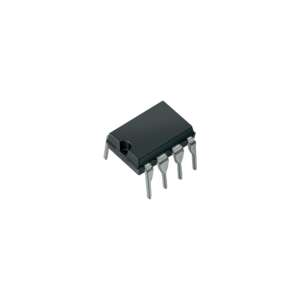

Reviews
There are no reviews yet.